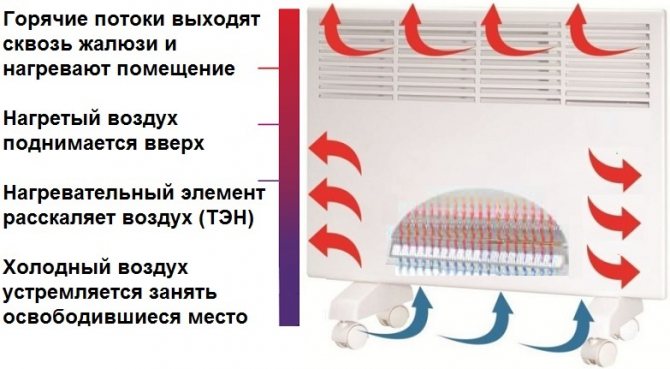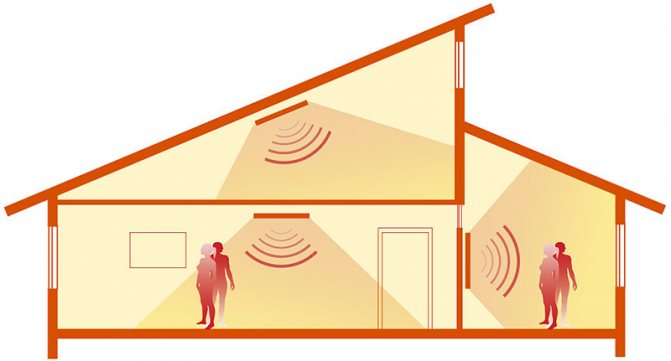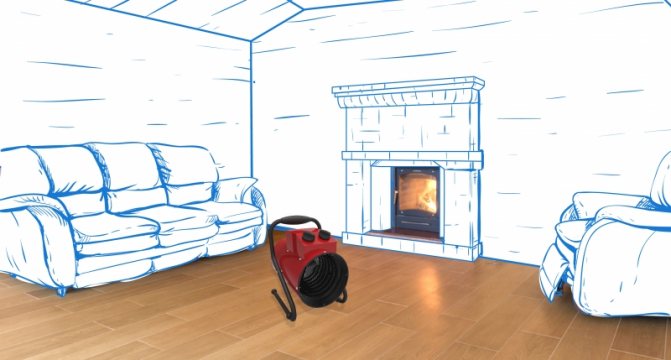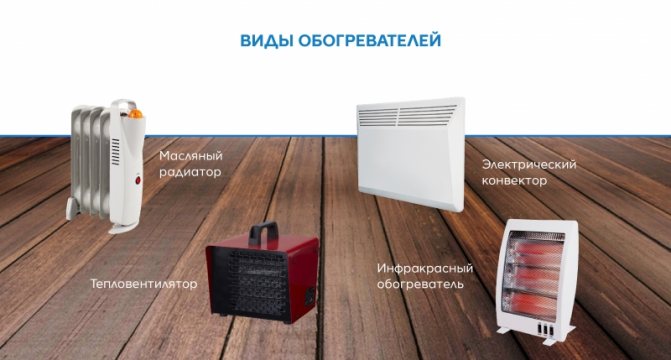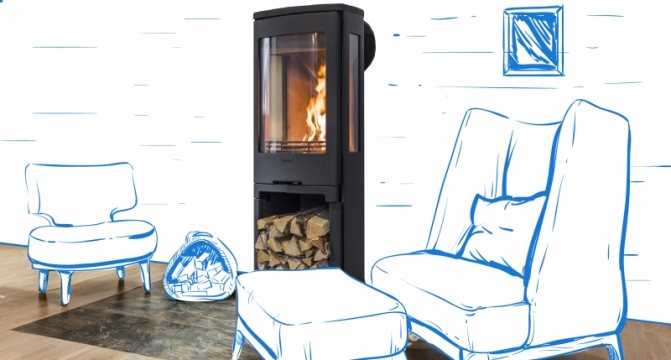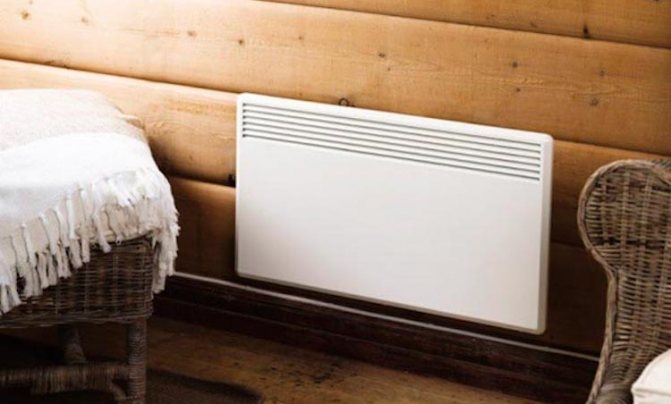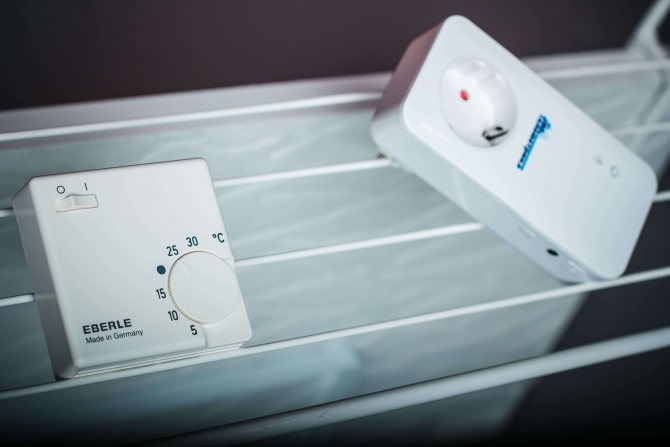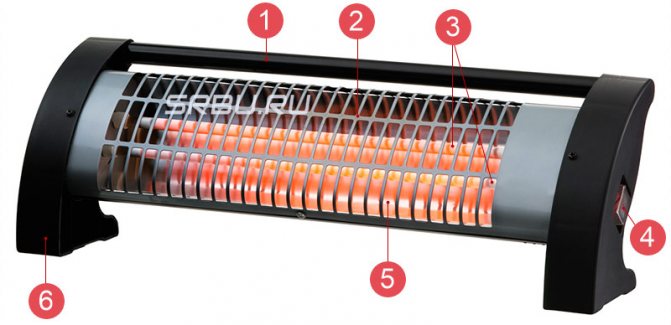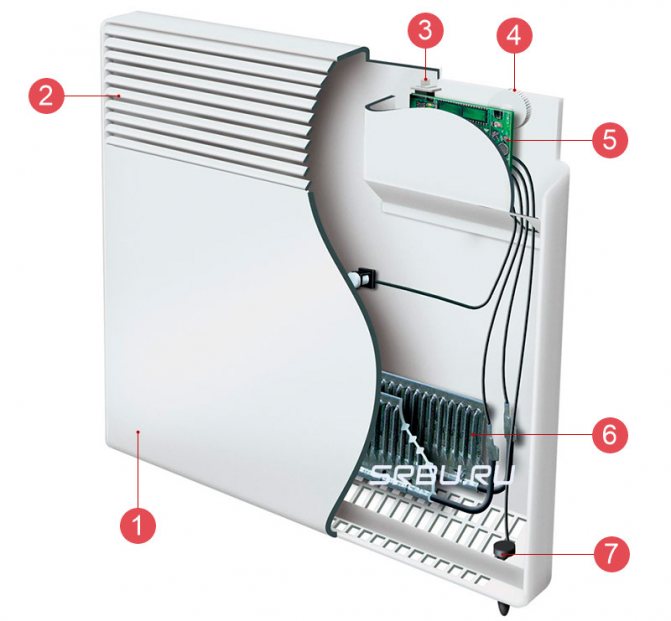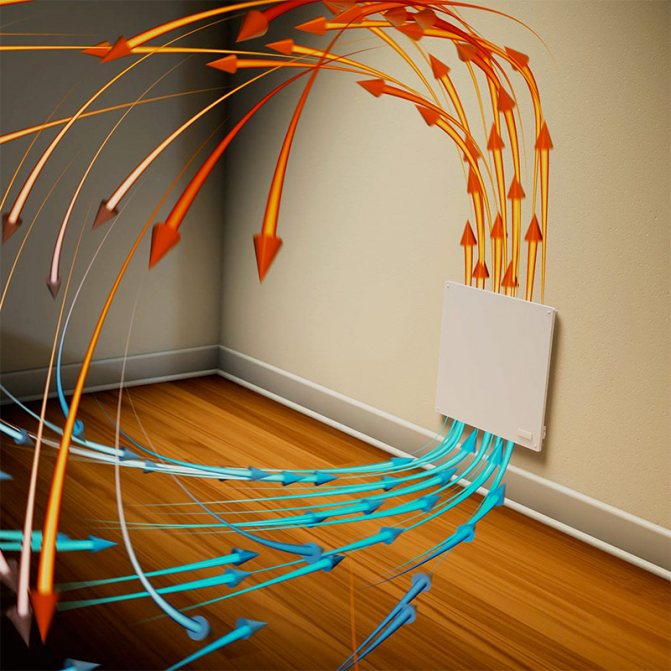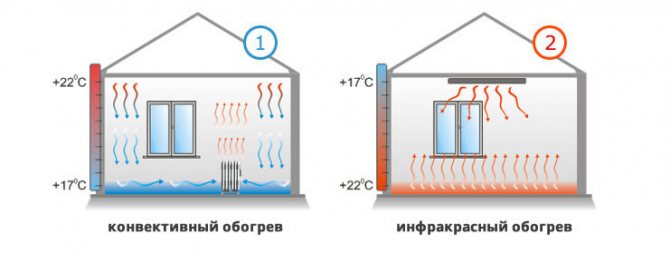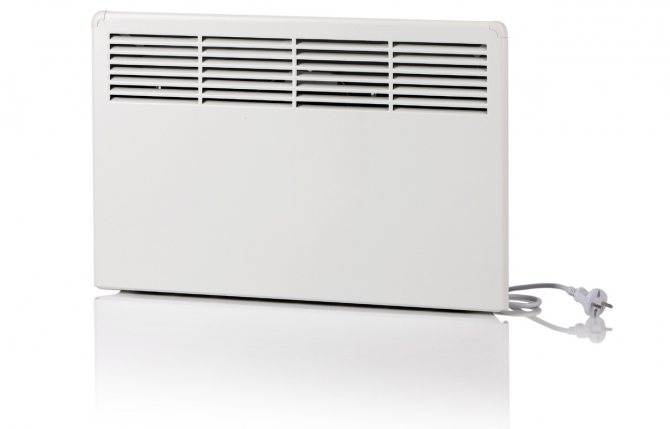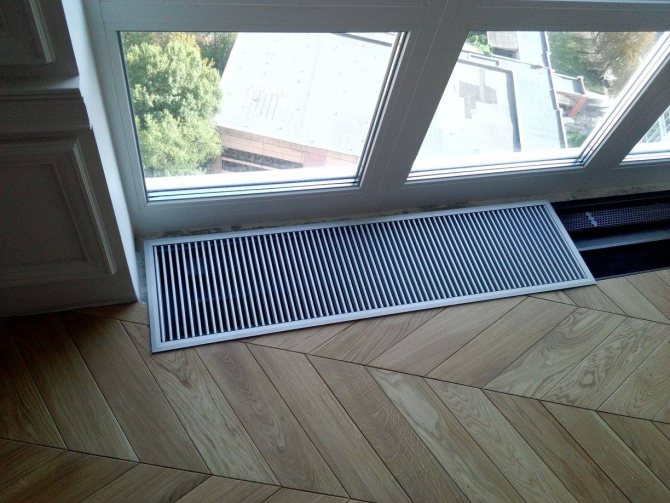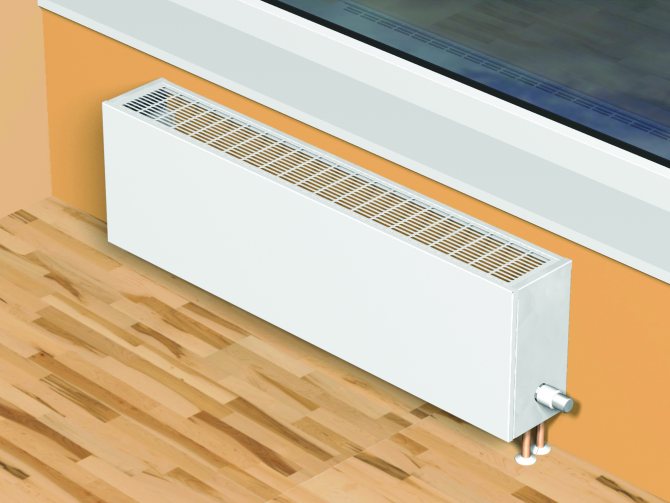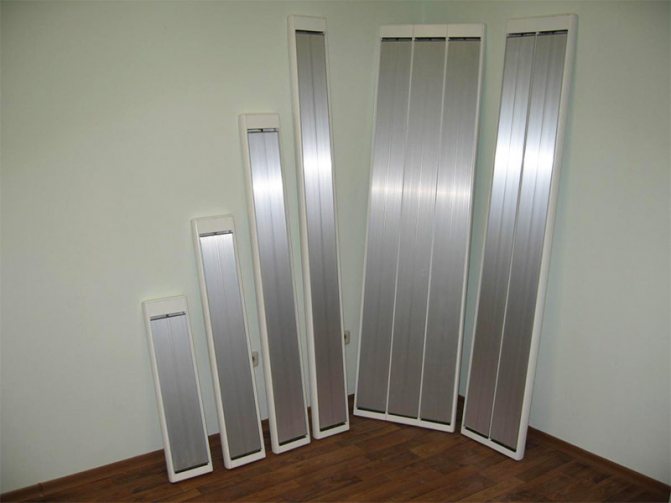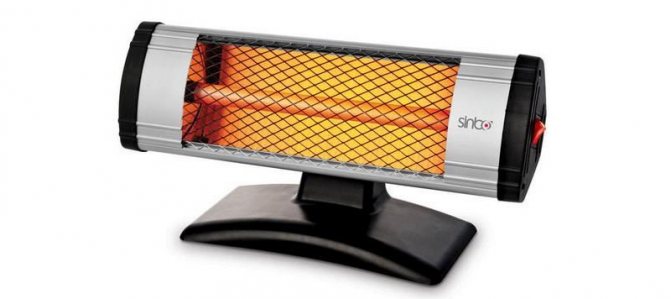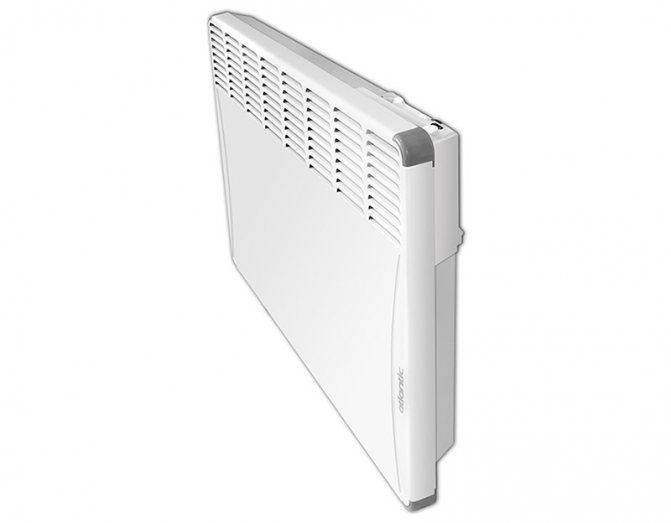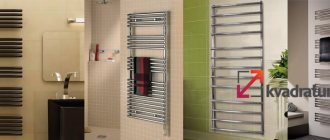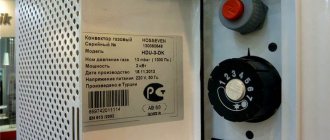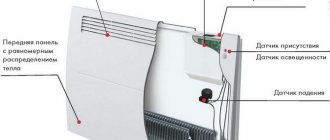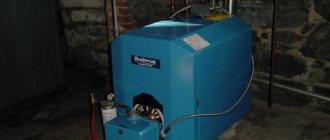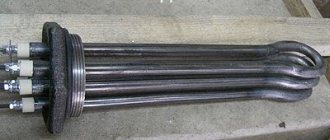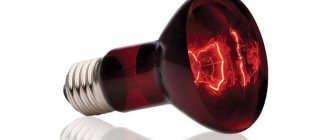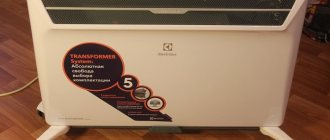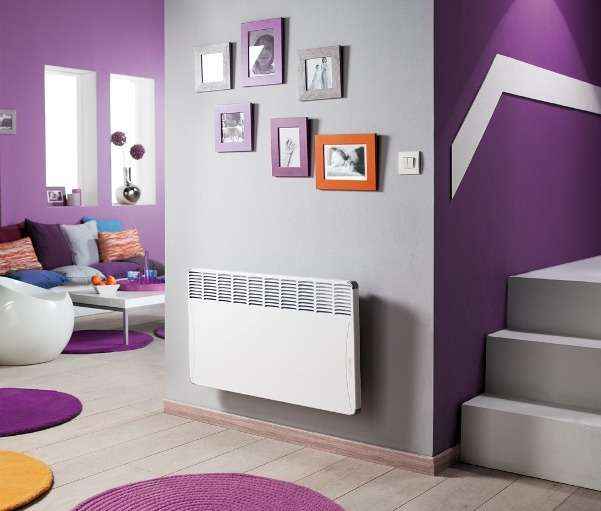
It's not worth talking about the popularity of electric heating once again. If there is no possibility of connecting the gas main, then heating the room with electricity is practically the only way out. It is worth noting that for summer cottages or country houses, an electric convector is a particularly reasonable and right choice - a practical, effective, safe and unpretentious device.
Specifications for this type of device may vary depending on the manufacturer and specific model.
The device and principle of operation of the electric convector
The electric convector is one of the most popular heaters used for heating domestic, industrial and office premises. Despite the rather wide popularity of this type of heater, few people have an idea of how it works, and what these or those convector controls are for.
The principle of operation of an electric convector is based on natural circulation (convection) of air. The convector, as a rule, has a rectangular shape, inside it is an electric heating element.
There are openings on the surface of the convector for air circulation. The convector is designed in such a way that the air coming from the bottom and side openings heats up after passing through the heating element and then exits through the openings located on the front panel of the convector.
For example, an oil-type heater heats a room due to heat radiation that comes from heated radiators. The convector has a different principle - the room is heated by a directed flow of heated air. Thanks to this, the convector heats the room much faster and, which is equally important, evenly over the entire area.
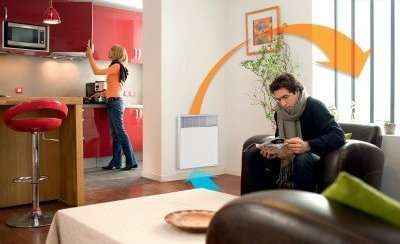

Air convection into the room
The heating element of a modern convector is low-temperature, it is made of a special alloy, due to which it heats up much faster than conventional tubular-type heating elements. As a rule, after 30 - 60 C ° after plugging into the network, the convector already begins to give off heat to the room.
The efficiency of this type of heater reaches 90% due to the fact that almost all the energy is spent on heating the room, unlike other types of heaters, for example, oil, which begins to give off heat to the room not immediately, but only after its heat-conducting medium warms up - oil, and then its metal case (radiator).
There is an opinion that heaters, including electric convectors, burn oxygen. But is it really so? As mentioned above, low-temperature heating elements are installed in the electric convector, the maximum heating temperature, as a rule, does not exceed 60 ° C.
At this temperature, oxygen is not burned, which is a significant advantage of the convector compared to other types of electric heaters, in which the heating elements are heated to several hundred degrees. In addition, the low operating temperature of the convector allows it to be installed almost everywhere, including near fire-hazardous surfaces, for example, on a wooden wall.
Here the question is pertinent, and how can a convector effectively heat a room if the operating temperature of its heating elements is much lower than in other types of heaters?
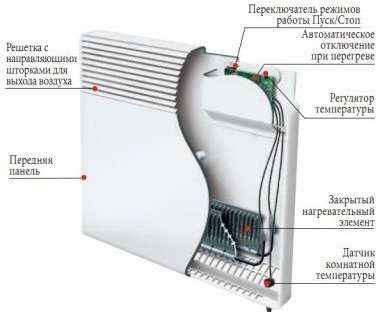

Electric convector device
The convector heating element is much larger than heating elements that have a higher operating temperature. Due to this, the convector emits a sufficient amount of heat and, despite the low operating temperature of its heating elements, is able to heat a large area.
Distinctive features of heaters - 6 devices for heating an apartment
The following types of heaters can provide warmth and comfort in an apartment:
- Oil radiator. This is the most common and popular type of heater. The principle of its operation lies in the strong heating of the mineral oil located in the body of the device, from which the air space around it is gradually warmed up. These machines are equipped with overheating thermostats and roll-over protection modes. Oil heaters differ in the number of sections, of which there are from 1 (old model) to 15. The more sections in the heater, the higher its performance. They are laconic in design, easy to use, quiet and safe heating devices. They need time to warm up and cool down.
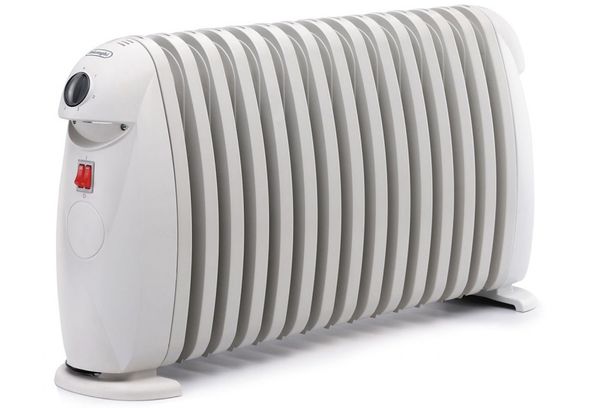

- Fan heater. Such heaters consist of a heating element - a heating element or a spiral, enclosed in a plastic or metal case. The circulation of warm air masses is provided by a built-in fan, the blowing angle for different models is different - from 90 to 180 °. Such devices can be placed not only on the floor, they are hung on the wall or placed on the table, creating a zone of comfort and warmth in the right place. They provide fast heating at a small size and low cost. Among other types of heaters, the fan heater is the most economical, but noisy, and, with prolonged use, is harmful to health and unsafe.
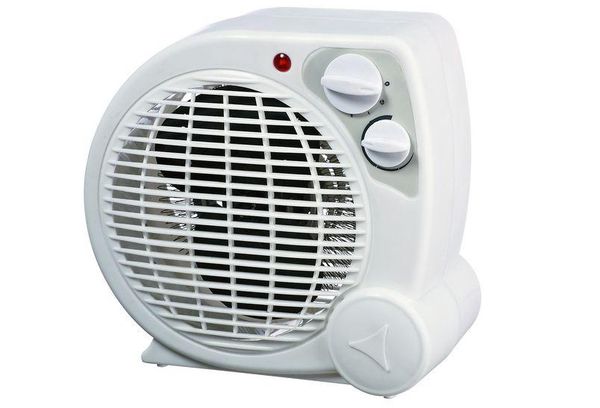

- Thermal convector. The operation of this unit is based on the difference in density between cold and hot air. Heavy cold air is naturally drawn into the appliance through the bottom. Inside the machine, it heats up to the desired temperature and comes out through the grill located in the upper compartment. Warm air masses rise to the ceiling, ensuring uniform heating of the room. This heater is compact and easy to operate, its operation is quiet and safe. The body of a modern convector is protected from excessive heating, therefore the device is recommended for installation even in children's rooms.
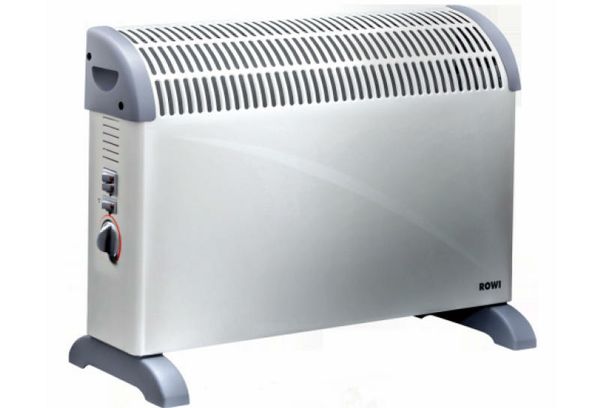

- Thermal curtains. These devices are much more complicated than previous devices in terms of design and principle of operation, their cost is also several times higher. They are usually installed in window and door openings to provide a reliable heat shield against cold air from outside. The temperature and direction of the air flow can be adjusted. The power of the device is selected in accordance with the area of \ u200b \ u200bthe living space. The thermal curtain prevents heat loss in the house by up to 90%. In summer, it can be used to keep the room cool.
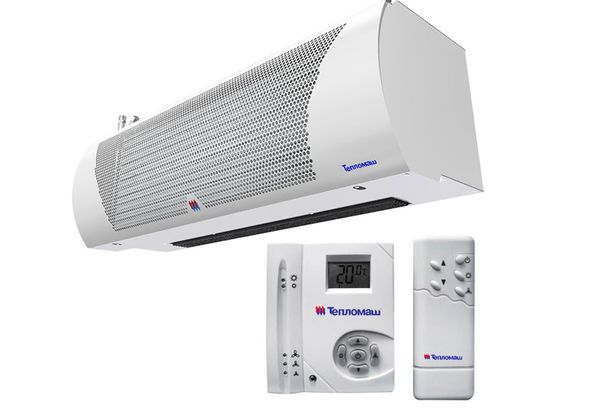

- Electric fireplaces. These interesting devices have appeared on the market relatively recently, they are created for those who dream of combining high-quality warmth and effective design in their apartment. Such a fireplace consists of a portal case, it has an imitation of firewood and fire, the device is powered by electricity. There are free-standing and built-in electric fireplaces designed for specially equipped areas. In the first place for these household appliances is the aesthetic component.
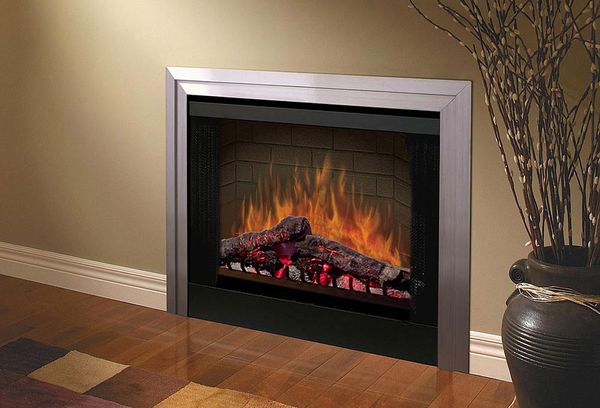

- Heat radiators. These devices differ from each other in the material of manufacture of the internal heating element. This can be an infrared emitter, quartz tube, carbon fiber, halogen lamps or micathermic plates. Such devices quickly heat up and cool down, can be used in rooms of any size, dry or with high humidity. For their work, they take up little electricity, do not dry the surrounding air and do not burn oxygen in it. They are energy efficient and fireproof, and can be placed in any convenient place - on the wall and ceiling, on the floor and in the corners.The purchased device must be certified and provided with the necessary documents.
Advice! According to experts, an electric oil heater would be the ideal choice for a city apartment. Its main advantages are obvious - safety, variety of choice, efficiency, environmental friendliness and simplicity!
Types and features of thermostats
A thermostat is responsible for maintaining the desired temperature in the room in the convector design, which can be mechanically or electronically controlled. A mechanical thermostat reduces the cost of construction, but at the same time introduces some inconveniences in the process of using the device, in particular:
- poorly withstands temperature conditions
- consumes more electricity
- accompanies its work with characteristic clicks when switching on and off, which can be very annoying
An electronic thermostat significantly benefits from a mechanical one, it:
- completely silent
- maintains a given temperature value with a minimum error of one tenth of a degree
- reduces energy consumption within its limits
- makes it possible to carry out "climate control" remotely
- supports several operating modes - "comfort", "economy", "automatic", "anti-freeze".
Convectors with an electronic thermostat are more expensive than models with a mechanical one - but they are definitely worth it.
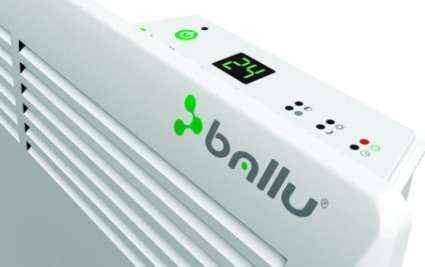

Electric convector with electronic thermostat
The presence of a thermostat and switches for heating elements allows you to regulate the temperature of heating the air in fairly wide ranges.
What is more economical than a convector or infrared heater
The energy consumption level depends on the technical features of the device. According to research, using infrared models is more economical. Energy costs depend on the outside temperature, the desired room temperature, the level and quality of room insulation, the area of the windows and the quality of the glass units.
If we compare devices of the same power, then they consume approximately the same amount of energy. Saving in the use of an infrared heater is achieved by the fact that in order to create a comfortable temperature in the room, it needs to work less time than a similar convector. Therefore, the infrared heater can be turned on for 20-30 minutes per hour, while the convector must work without interruption.
What power to buy the device?
The average selection of the power of an electric heating convector can be made according to the following formula - 1 kW for every 10 square meters of area, provided that the height of the walls is no more than 2.7 meters. If this figure is higher, for every additional 10 centimeters of height, an additional 10% power is required.
You should also take into account the following points (if heating with convectors is the main one):
- For high-quality heating of convectors, as many as there are windows in the room.
- Corner rooms, rooms above a cold basement or with a large area of glass clearly require equipment with sufficient power reserve.
These calculations should be enough for a preliminary estimate. For more details, you can check with the consultants in the store.
Electricity consumption
A question that worries everyone who uses a heater, especially on an ongoing basis, is the consumption of electricity by convectors. For simplicity in calculating electricity consumption, let's take a room of forty square meters as an example.
- The total capacity of convectors for such a room is four thousand watts.
- The heater does not operate on a permanent basis, but periodically turns off when the set temperature is reached. In this mode, electricity consumption per day has a coefficient of about sixty percent.
- The calculation of electricity costs implies the following actions: divide 4000 by sixty percent. This equals 6.7 kWh.
- Calculating power consumption per day, provided an electronic thermostat, is not difficult. On average, the duration of the convector's operation per day will not exceed twelve hours. Multiplying 12 hours by 6.7 kW - we get 80.4 kW per day.
- The convector will consume 2412 kW per month. We multiply 80.4 kW by thirty - the average number of days in a month.
To read
Electricity consumption of the hood
We will make a reservation that the result obtained will be different in different rooms, since the indicators are influenced by the type of convector, the degree of insulation of the room, the likelihood of heat loss and other parameters.
User reviews and observations have shown that the convector is an excellent option for climate control technology for heating. It is safe, has high protection against fire, does not have a negative effect on the body.
Where is the best place to install the convector?
Before choosing an electric heating convector, it is imperative to determine its location. The devices can be installed on walls (using special fasteners included in the kit) or operated mobile, freely moving around the room or from room to room. If you are only interested in the second option, pay attention to whether there are wheels in the delivery set.
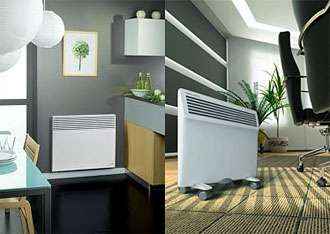

When buying, it is worth paying attention to the overall dimensions of the convector. Devices can have different heights and widths and look completely different in the interior - keep this in mind.
The hottest heater for an apartment
To find the best heater for an apartment for yourself and your family, you need to decide on the following characteristics of the device:
- the size of the heated room;
- its purpose is a nursery, a bedroom, a corridor, a bathroom, a kitchen and so on;
- method and location of the temperature equalization source in the room;
- the frequency and duration of the use of the heater;
- the power of the device and the level of its energy consumption;
- design and functionality;
- the estimated price of the device.
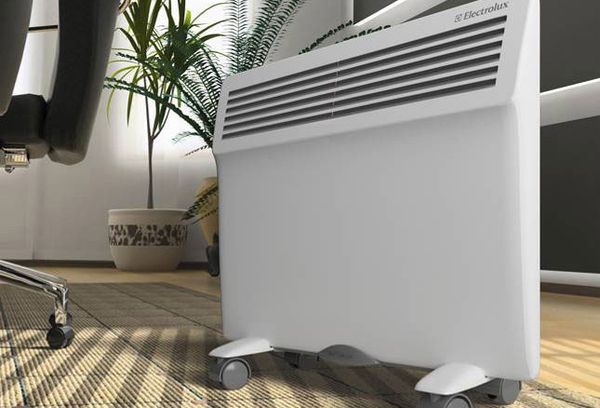

To ensure adequate heat in the apartment, the Internet magazine "womenburg.ru" recommends purchasing several types of heaters at once. For example, when you come home and feel extremely cold, you can quickly warm up with a small-sized fan heater or infrared heater. In parallel, an oil battery or a heat convector is switched on in the living room. During this time, both devices can warm up the room efficiently and evenly. It is these devices that are capable of providing long-term maintenance of the required air temperature.
Advice! Everyone knows that safety comes first! Whatever heater you choose, you should carefully study the instructions for its operation, familiarize yourself with the rules for its installation and working conditions. In order to prevent a fire, it is worth making sure that it is in good working order, do not leave the switched on heater unattended, do not cover it!
Frequently asked questions about electric convectors
Which convectors are more efficient - high or low?
The efficiency of the device does not depend on its size, but on the power. All kinds of "form factors" of equipment are created, first of all, for the convenience of its fitting into various interiors.
Is it dangerous to leave the convector unattended?
Definitely not. If your home's electrical wiring is capable of handling the combined wattage of concurrent appliances, you have nothing to worry about.
Can the convector be used as the main source of heating?
As a rule, yes. It all depends on the specific equipment model and manufacturer's recommendations.
Electric convector - a suitable choice for a children's room?


Quite.Among the products of most popular manufacturers there are units designed specifically for children's rooms - with a solid body, with streamlined shapes, without sharp corners. The holes in them are as small as it is, in principle, possible - all so that the child could not shove anything inside.
How economical is it to heat a house with an IR heater?
As already noted, the efficiency of IR heaters will be even greater if a high-quality thermostat is installed.
The principle of operation of the radiators is fundamentally different from the radiator heating system. IR rays do not heat the air, but the surface of objects. Therefore, the heater is suitable even for a non-insulated summer cottage.
Radiation instantly heats the surface of objects, and excess heat is escaped through natural circulation. This is the superiority of IR heaters. They heat a person, furniture, walls, etc., and only after that the air temperature begins to increase.
Conclusions - what should you buy?
So, what is the best electric convector? Ideally, the device should have:
- monolithic or tubular heating element
- electronic thermostat
- protection against overheating, freezing
- sensor "deactivation" when rollover
- accessories for different installation options - both floor-standing and wall-mounted.
Optional, but very useful options can be a timer, remote control and display.
In conclusion, it should be said that electric convectors are a good choice for many reasons. Among their main advantages:
- No preparatory work required. No projects, permits, special conditions. Bought, brought, installed, connected
- Affordable cost. For $ 100-150 you can buy a mega unit
- Excellent efficiency. Almost all the electricity consumed by the convector is converted into heat energy.
Approaching the process of choosing an electric heating convector wisely, you are guaranteed to acquire a reliable unit that will heat you with high quality on long winter evenings. We wish you an extremely pleasant and useful shopping!
See also on this topic:
Indigirka, heating and cooking stove with a generator.
The warm floor is electric. Underfloor heating overview.
